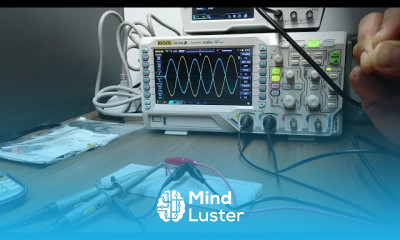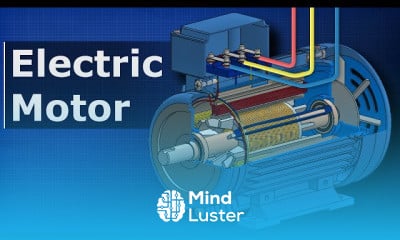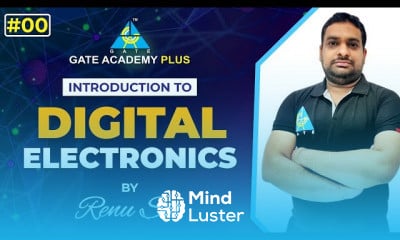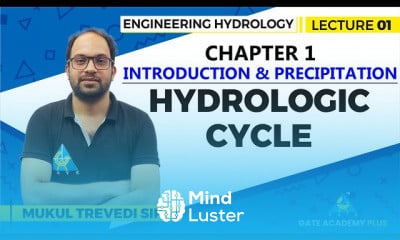BiCMOS inverter Circuit Diagram BiPolar CMOS VLSI Lec 21
Share your inquiries now with community members
Click Here
Sign up Now
Lesson extensions
Lessons List | 99
Lesson
Show More
Lessons
Comments
Related Courses in Engineering
Course Description
Moore's law in VLSI course,
in this course we will learn about Moore's Law in VLSI. This course provides an in-depth exploration of Moore's Law, its origins, and its profound impact on Very Large Scale Integration (VLSI) technology. Starting with an introduction to the historical context, we will delve into Gordon Moore's observation that the number of transistors on a chip doubles approximately every two years, leading to exponential growth in computational power and efficiency. We will examine the technological advancements that have enabled this trend, including innovations in semiconductor materials, photolithography, and transistor design. Through practical examples and case studies, you will gain insights into how Moore's Law has driven the evolution of microprocessors, memory devices, and other critical components in modern electronics. The course also addresses the challenges and limitations faced as we approach the physical and economic boundaries of scaling. Topics such as power consumption, heat dissipation, and the emergence of alternative technologies like quantum computing and neuromorphic engineering will be discussed. By the end of this course, you will have a comprehensive understanding of Moore's Law's significance in VLSI, its current state, and future prospects. This course is ideal for students, professionals, and anyone interested in the dynamic field of semiconductor technology and its pivotal role in shaping the digital age.
Trends
Data Analyst
E Commerce With ASP NET
Marijuana Impact on weight gain and bone density
Preparation of soil and crop production
SAP ABAP
Mastering Microsoft Power BI
Cyber Security For beginners
Hand
Creating Slide zoom in powerpoint for beginners
Mastering Flask
Text indentation in google docs for beginners
Local business keyword research essentials
Indo Iranian languages
MS Excel
How to Start Business
MONEY INVESTING MASTERY
Social media Posts using Photoshop cc
Emotional Intelligence
Accounting Introduction
Introduction to Machine Learning
Recent
Website security basics
SEO for business growth for beginners
WordPress migration on bluehost for beginner
Influencer marketing essentials
Increase eCommerce sales ways
Content marketing works in 2024
Local SEO for multi location businesses
Ranking with google AI tools
SearchGPT for SEO and content writing
AI marketing fundamentals
Content marketing with AI tools
Inbound marketing growth strategies
Google Keyword Planner Forecasting
Google ads keyword planner forecasting
YouTube SEO techniques
Inbound marketing fundamentals
SEO for Inbound lead generation fundamentals
Surfside inbound marketing fundamentals
Google Ads conversion tracking techniques
Surfside Inbound marketing essentials
























































